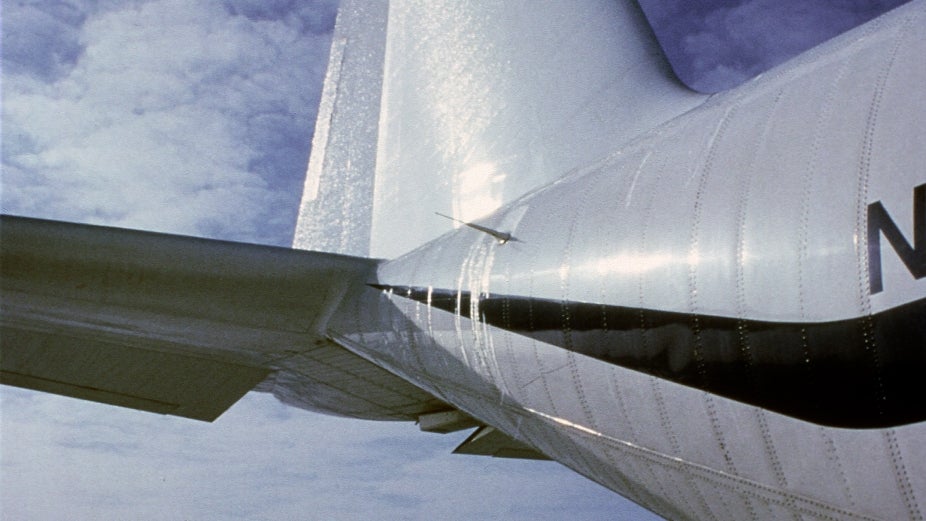Supercooled liquid clouds: Navigating the dangers of aircraft icing
Water freezes at 0℃ (32℉ ) – or does it? In fact, liquid water can exist in clouds and precipitation at temperatures well below the freezing point. In this supercooled form, liquid water drops present a significant hazard to aircraft and in extreme cases, can cause engines to stall or result in a complete loss of control.
In their Explorer Series lecture, scientists Julie Haggerty and Dan Adriaansen explore aircraft icing due to supercooled liquid drops and discuss the effects on aviation operations. They will also explain how their research, sponsored by the Federal Aviation Administration (FAA), helps pilots avoid icing conditions and keeps us safe in the air.
Julie Haggerty
Dr. Julie Haggerty is a scientist at NSF NCAR where she leads FAA-sponsored research on aviation hazards related to in-flight icing and high ice water content in clouds. She also conducts airborne atmospheric research as an instrument scientist and mission coordinator onboard the NSF-NCAR C130 and Gulfstream V aircraft. Julie has participated in 30 airborne field campaigns around the world. She received the B.S. and M.S. degrees in Atmospheric Science from the University of California - Davis and a Ph.D. in Aerospace Engineering from the University of Colorado. She has authored numerous scientific articles and conference papers on the subjects of airborne remote sensing and aircraft icing detection methods.
Dan Adriaansen
Dan Adriaansen has been at NSF NCAR since 2010, joining the in-flight icing team after completing his Master’s Degree in atmospheric science at the University of North Dakota. Dan serves as lead algorithm developer for the Current and Forecast Icing Products which are run operationally by NOAA’s National Weather Service to support aviation weather across the U.S. Dan enjoys interfacing with other scientists and software engineers on the team, and collaborating with partners at Federal agencies including the FAA and NOAA. In addition to working on aviation weather, he has contributed to a state-of-the-art wind turbine icing forecasting system for renewable energy, and has been involved in developing software for weather forecast verification as part of the METplus team.
